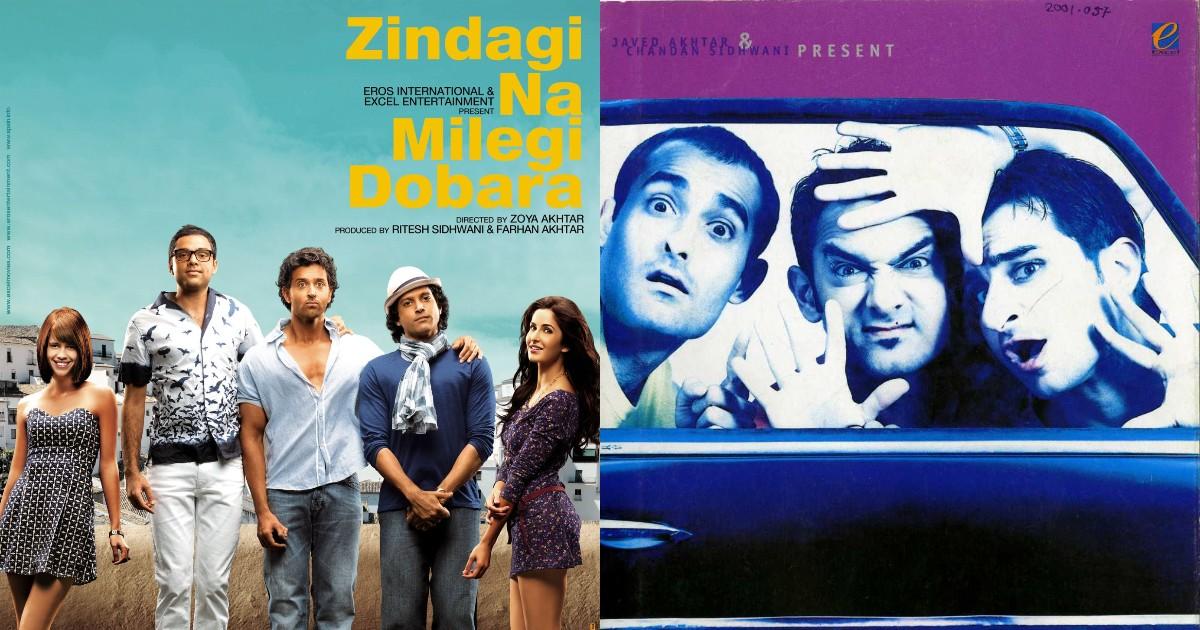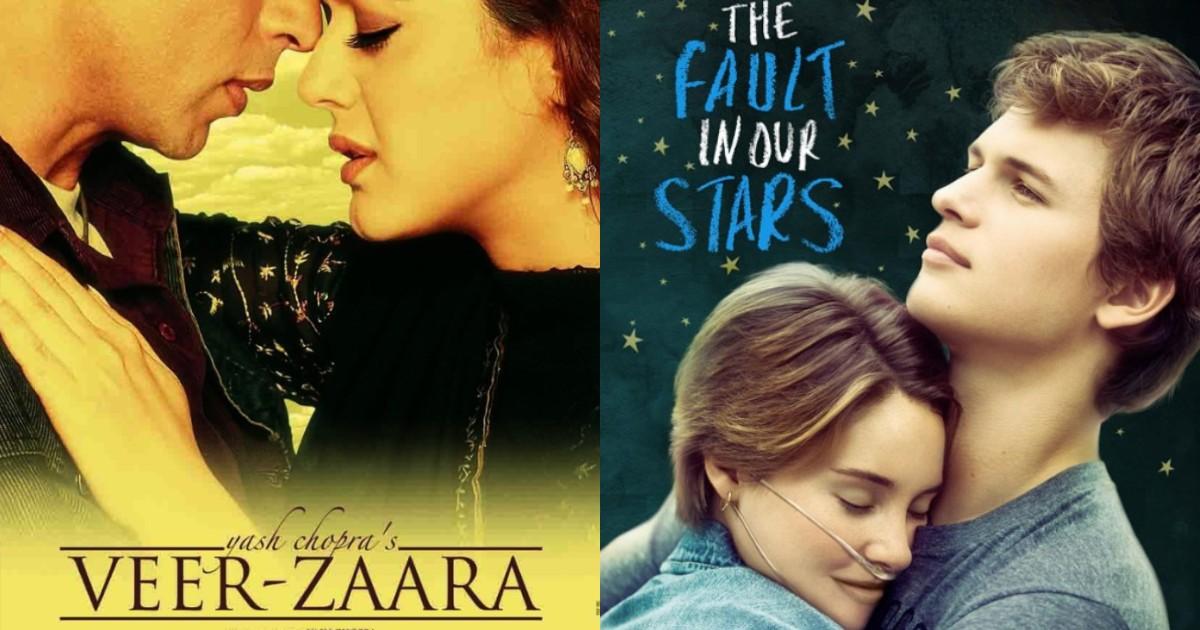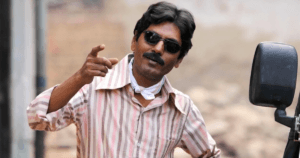The cinema of a nation or a region is quite particular from the movies that are made and the stereotypical tropes that are used in them. There are a few archetypes in Hindi cinema that have, in a sense, dominated the screen space for many decades. A character who fits the trope has always been snuck in owing to the filmmakers’ and screenwriters’ fascination with that particular stereotype.
But in this instance, we’re referring to this one particular NRI stereotype, which appeared in practically every movie of the 1990s.
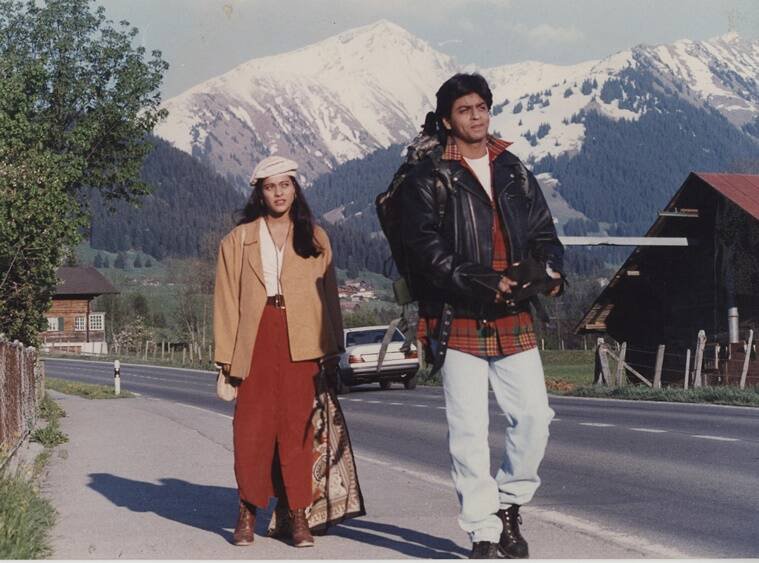
In case you hadn’t already noticed. Shah Rukh Khan, who dominated the romance subgenre during this time, was an NRI (read: overdramatic Hindustani who love the mitti ki khushboo) in addition to using his common name (Raj) in several of his films. In movies like the classic Dilwale Dulhania Le Jaayenge, Pardes, and Swades, he portrayed an Indian man living abroad, who visits apna desh with a purpose.
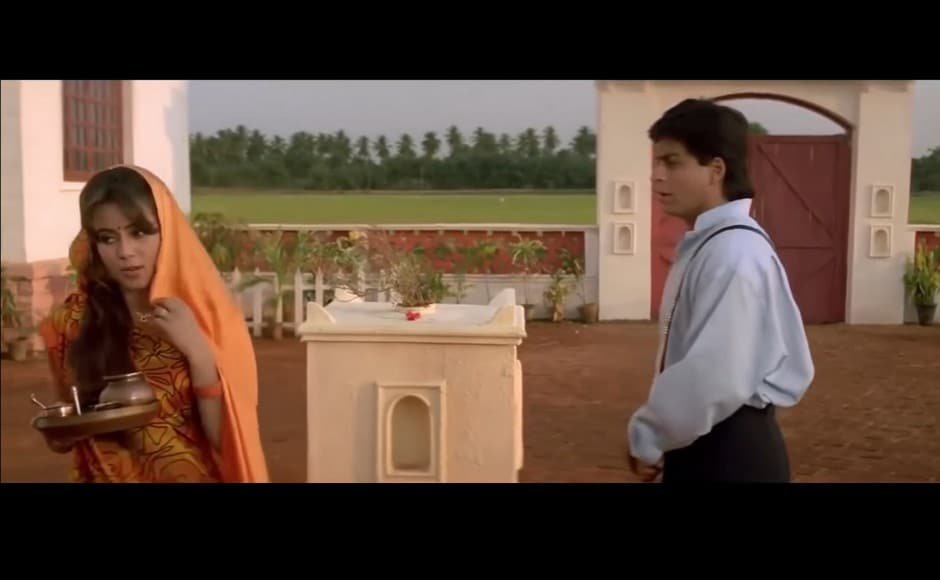
For a long time, despite the fact that the films’ narratives would be entirely set in the nation, there was a fixation with the so-called “NRI nostalgia” subgenre that appealed to spectators who lived overseas. The NRI has been a mainstay of Bollywood ever since filmmaker Aditya Chopra’s Dilwale Dulhaniya Le Jayenge became an international smash hit in 1995.
In fact, according to reports, the NRI “million-dollar-box-office club” includes titles like Yaadein and Lagaan in the US as well as Taal, Hum Saath Saath Hain, and Mohabbatein in the UK.
However, this cliché existed prior to the ’90s and the early 2000s, as Bollywood was still exploring colourful cinema in the late 1960s. Films like An Evening in Paris, Love in Tokyo, Prem Pujari, and Aankhen introduced exotic locations and foreign locals to Indian cinema screens.
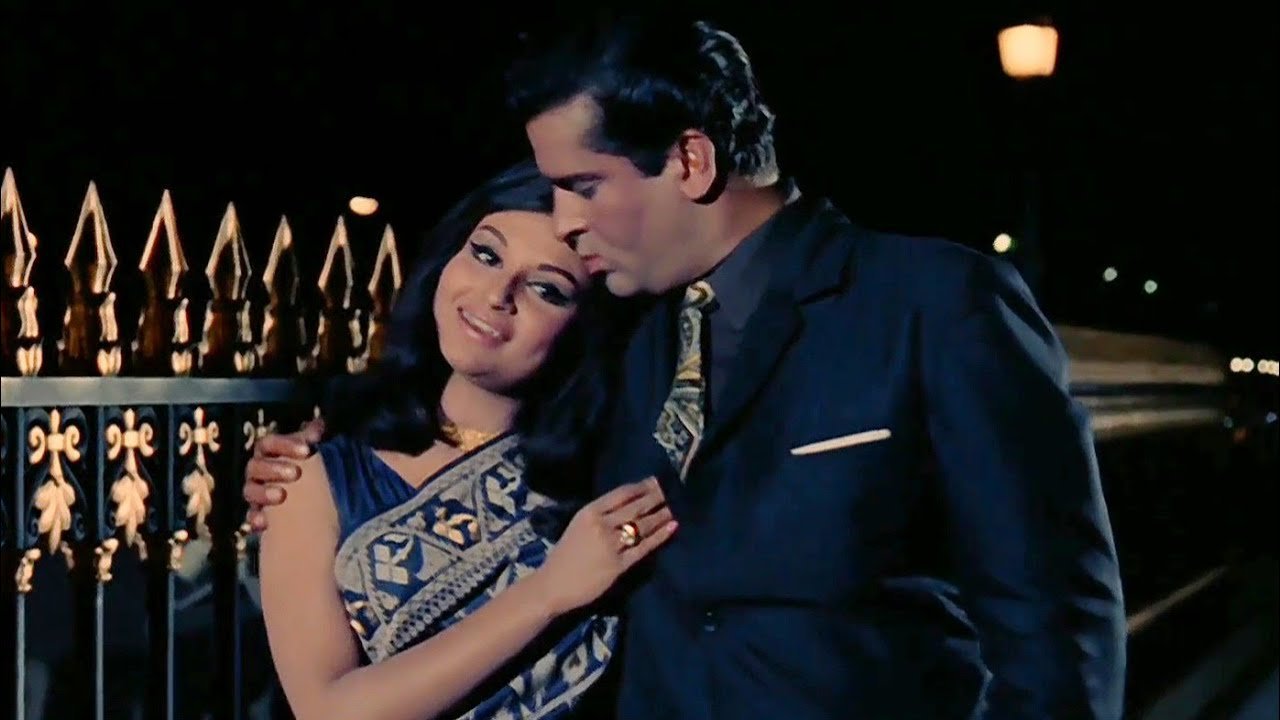
As cinema has traditionally served as a bridge connecting people and cultures, it was leveraged in the ’90s to unify Indians who had moved overseas and were now doing well financially and were more concerned with maintaining their culture. It was frequently depicted in these movies by protagonists who would only discourse about Indian sanskar, sambhyata, and sanskriti.
Bollywood’s romance subgenre became the haven for these types of characters, who would sing “Yeh Mera India” in the early morning from some random hilltop to prove they were Indian-ness. Films like Kal Ho Naa Ho, Aa Ab Laut Chale, Namaste London, Patiala House, and Hum Tum were able to capture a certain watered-down form of this apparent obsession with their native country among NRIs.
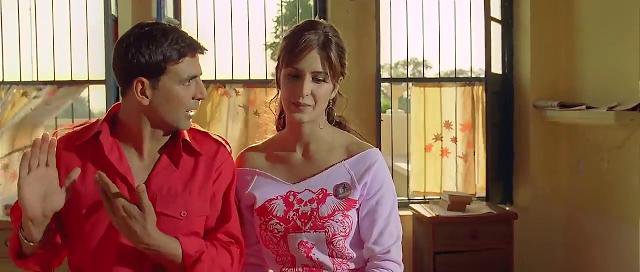
The NRI nostalgia film festival initially seemed to go on forever. The spectacular production values of these movies left viewers spellbound. Even if it did last for a very long time, it came to an end just a few years ago with a paradigm shift in the romantic narratives, which are heavily dominated by small town tales.
Now, contemporary movies are primarily set in these small towns, employ Indian vernacular in the conversation, and have characters who truly resemble the person next door and thrive on its relatability factor. Befikre, the last movie that block takes on the “NRI genre,” attempted to portray a young Indian couple living abroad without the prejudices we experience but failed horribly at the box office.

It seems that the audience had somehow changed its focus to what was now close to home, simple and relatable characters, rather than living vicariously through these characters.
Films with compelling stories, such as Raanjhanaa, Tanu Weds Manu Returns, Dum Laga Ke Haisha, Shubh Mangal Saavdhan, Bareilly Ki Barfi, and many more, inspired viewers to look for love in their own back alleys rather than wait for the “khwabon mein jo aaye” NRI lad or a foreign return, “out-of-league” girl.
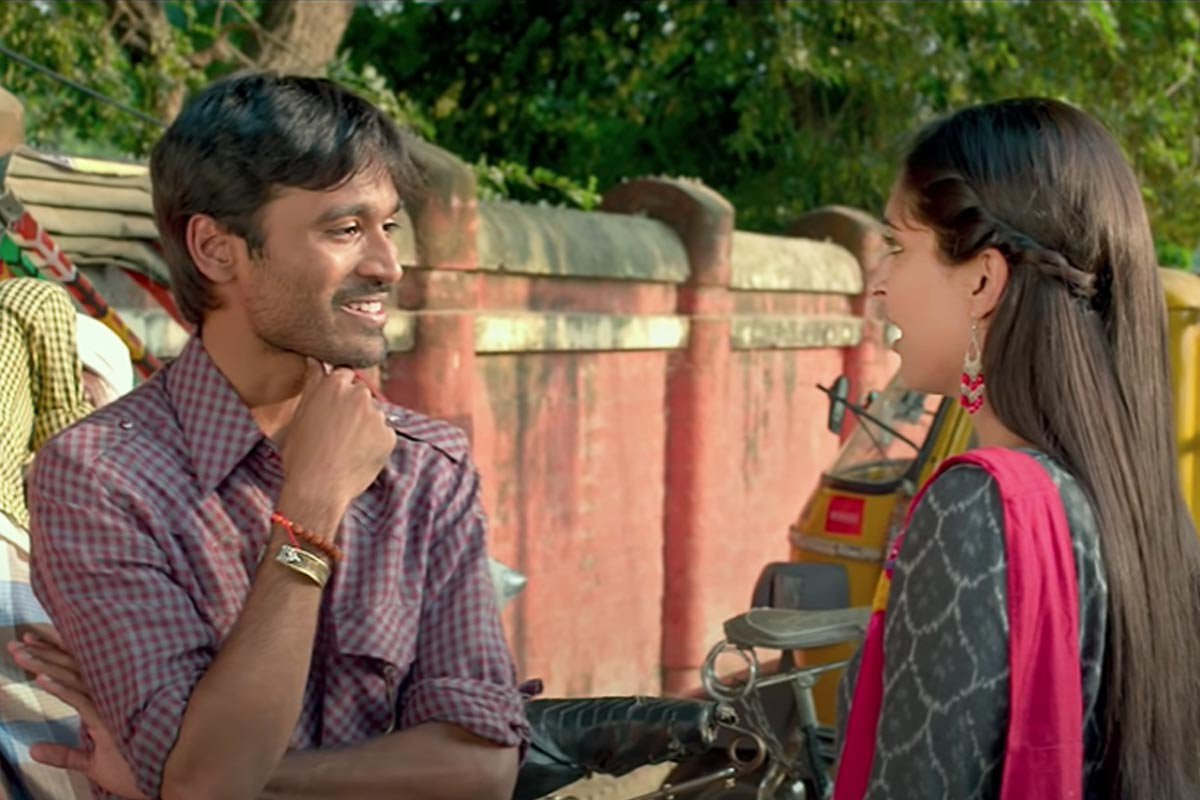
Aside from the fresh approaches to romances, the movie’s commercial success shifted the attention of both spectators and creators to the stories of small towns. Even though the NRI nostalgia fest has all but ended, there aren’t many films depicting actual Indians who go or live overseas to take its place.
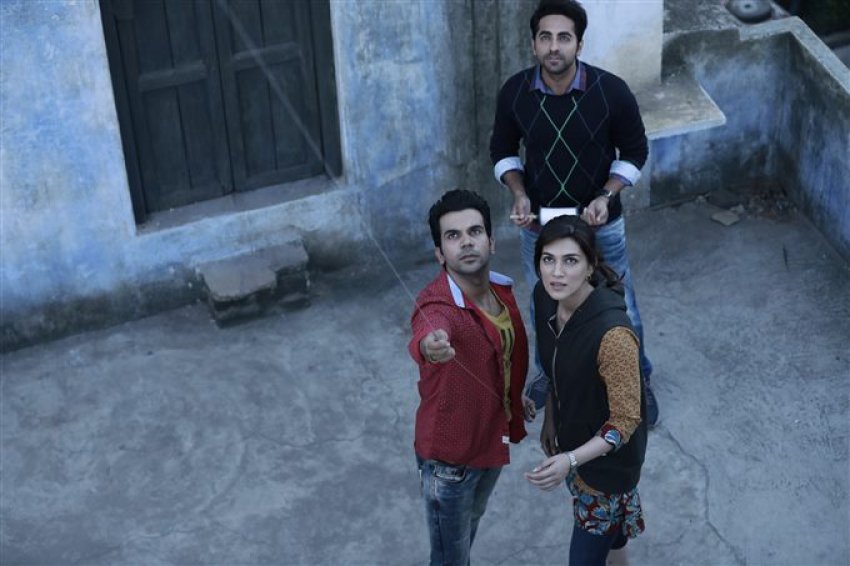
The opulent and exotic locations, however, have been replaced by the tiny alleyways of little towns, and the lovers who once met in distant lands are now jumping terraces to catch a glance among prying neighbours.




